Challenge and Innovation
LG Chem's technological advance
with new challenges
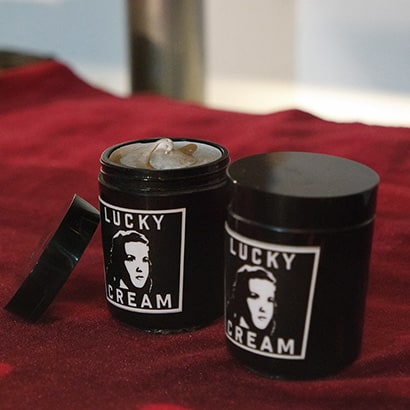
“Is there any way we can make an unbreakable lid? This is really frustrating. Can anyone do research on this?”
At that time, there was no domestic production of synthetic resins, and most people were unfamiliar with the term “plastic.” Figuring out how to produce an unbreakable cream container was a very difficult task. However, after a lot of efforts and troubles, the company found out that the right material was synthetic resins. For plastic production, the company had to equip itself with facilities for synthetic resins such as injection molders and molds as well as raw materials. Carrying on with the plan required great courage and determination because the necessary investment for the facilities during the wartime amounted an entire fortune of the company and the delivery of the machinery would take a whole year.
In the end, the company decided to bring in and operate one injection molder from the U.S.A. and started its production of unbreakable lids. That single decision opened up the era of plastic in Korea, and at the same time, became the historic starting point of LG Chem’s march into the petrochemical industry.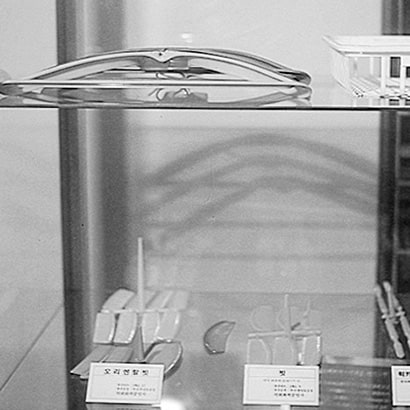







In 1952, the company launched the country’s first plastic comb under the brand name “Oriental.” Being remarkably light and convenient to use, the comb gained an unimaginable level of popularity in the market. Merchants waited in long lines to receive the product before others, and some wholesalers even had to suffer a bitter insult while carrying the products, being mistaken as sellers of goods smuggled from foreign countries.
Also, as it can be seen in the episode that President Syngman Rhee told an official if he could get one of the products himself after receiving the report in a cabinet meeting about the plastic comb produced with the domestic technology, the comb was a ground-breaking product considering the country’s level of industrial technology then.
After opening the era of plastic in Korea, Lucky Chemical Co., Ltd. launched a wide range of plastic products from daily supplies such as washbowls, general dishes, and vinyl floor sheets to industrial products such as PVC pipes and polyethylene film, changing the landscape of the market and contributing to improving the convenience in the people’s lives. Then, the company reshaped the laundry culture by launching synthetic detergents in 1960’s, and brought about a big change in the housing culture and pioneered the era of PVC by launching plastic windows and doors for the first time in the country in 1970’s.
* The business of daily supplies such as synthetic detergent and toothpaste was separated to become “LG Household & Health Care” in 2001, and the business of industrial supplies such windows and doors was separated to become LG Hausys in 2009.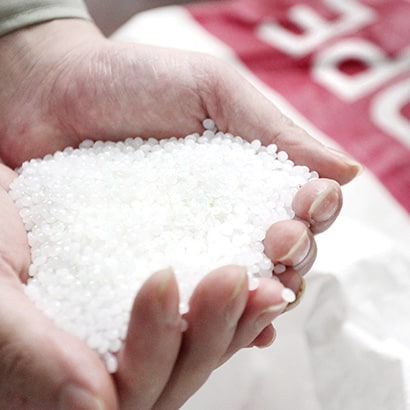
The report said, “To achieve vertical integration that enables self-supply of raw materials for our plastic production, we need to jump into the petrochemical industry.”
The proposal to start a petrochemical business, which would inevitably cause a big overall impact on the country’s industries as a private company, made everyone cautious. Also, considering the social atmosphere of the time, a private company entering into a nationally managed industry was unimaginable. Nevertheless, in spite of the uncertainty in success or failure, the company dared to challenge for the future.
After surviving many ups and downs, the company began the raw materials business in earnest by building PVC facilities in its Yeocheon factory (now Yeosu factory) in 1977 and then expanding its infrastructure with the fiberglass and ABS factories. It completed its image as a total petrochemical manufacturer with the construction of the country’s biggest naphtha factory in 1991.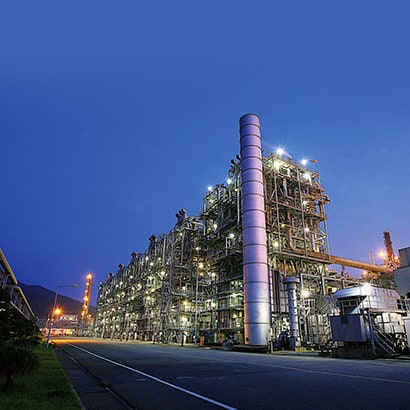

Under such circumstances, LG Chem’s Yeosu NCC was selected as the one that has the highest energy efficiency among the 115 NCCs throughout the world.The energy amount required to produce 1kg of ethylene is called “basic energy unit.” Yeosu NCC achieved the basic energy units in the 3,000 Kcal/kg range for the first time in the world.
This is the world’s first case of breaking the 4,000 Kcal/kg range record for basic energy unit, which no one had deemed to be possible. Yeosu NCC’s basic energy unit was almost half the world average of basic energy units, which is in the 7,000 Kcal/kg range, calculated based on the data collected from the 115 NCCs located throughout the world. With this achievement, the NCC established in Yeocheon petrochemical complex had set a new milestone in the development of petrochemical industry in Korea.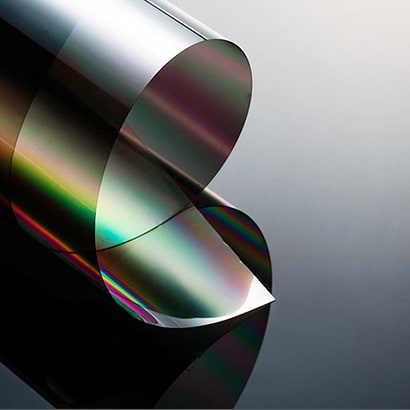
As a result of constant efforts in research and development, the company began operation of the line 1 in 1999 and achieved mass production in only 2 years after the test production.
However, Japanese companies bluntly kept us in check by reducing their sale prices by up to 20%. Also, there was the internal problem of low yield rate which was below 70%. But the company built its technological progress by solving problems one by one, and also enhanced profitability by improving production process resulting in cost reduction. In 18 months after initiation of the product development, LG Chem achieved quality and yield rate that were comparable to the competitors.
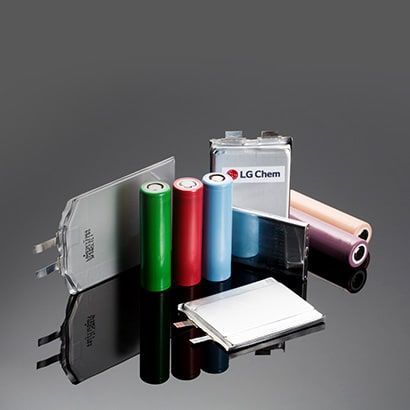



No employee had majored in batteries, and those who had majored in “corrosion” and who had experience in nickel-hydride battery were all the company had. The company was barely at the level of analyzing the batteries that were brought by those who had been to Japan to study. LG Chem sought technical cooperation with major Japanese companies including Hitachi, but with their containment policies, they declined to proceed with technological cooperation as well as supply of facilities and materials. As an alternative strategy, LG Chem kept building on its knowledge of the facilities indirectly through persuasion of newly emerging Japanese companies and carried on with pilot tests along with the development armed with the ‘We can do it” spirit. As a result of these efforts, the company succeeded in the test production of small-sized batteries used in laptops, etc. in 1997 and successfully mass-produced lithium ion batteries for the first time in Korea in 1999.
However, the product quality did not meet the expectations, and as business restructuring became the topic of the domestic business circle following the IMF bailout, the secondary battery business came to a crisis. In the CEO meeting in 2001, there were many voices against the development saying, “Is it necessary to continue the battery business suffering this big amount of deficit? When world-class battery makers such as Sony and Sanyo are so devoted to their development of batteries, should a chemicals manufacturer like LG Chem continue with its development of batteries?” Those voices amounted to one conclusion that it was unreasonable to continue with a business that showed no visible outcome after nearly 10 years of investment.
Chairman Koo Bon-moo, present in the meeting, made a comment that decisively put an end to the discussion. “Do not give up, look further into the future, and focus harder on investment and R&D. I believe it is right for us to continue the battery business. Let’s start again with the conviction that we can succeed.”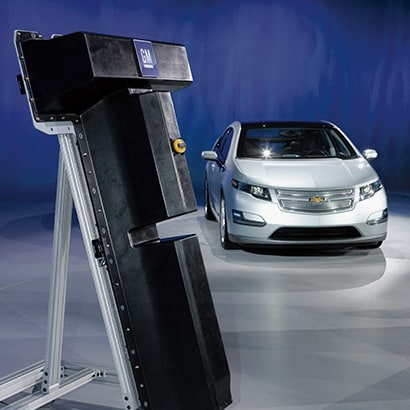
But the situations were quite formidable. The company put spurs to its research by expanding the number of research fellows to about 100 but saw no visible outcome. Concerns grew inside the company with unending discussions about continuation of the business. To find a breakthrough, it was necessary to find customers. The major target was GM. LG Chem had an opportunity to take part in GM’s EV program in the 2006 “Tech Fair,” but had to suffer an exit because of a problem in the submitted sample. But LG Chem’s capacity and fierce attitude proven in its efforts to resolve the problem became the source of more new opportunities in the future.
When GM started its program of EV Volt in 2007, it contacted LG Chem proposing it to undergo verification processes. LG Chem was one of the final 2 selected out of 6 companies, but many predicted that the other one would win the bid. With the future of its business at stake, LG Chem was desperate and put all of its energy in the effort. Keeping the impossibly hectic development schedule, the company submitted its sample pack, but the pack had the problem of battery performance deteriorating in several months.
The company shared development plans, improvement details, evaluation methods, etc, with GM to find solutions, giving the impression of “a company making transparent efforts to solve customers’ problems.” As a result, LG Chem worked with GM for one year to produce the most optimal battery, and based on the established trust, was eventually selected as the sole battery supplier for Chevrolet Volt, an electric vehicle model mass-produced by the world’s biggest vehicle maker GM in 2010. That was the beginning of the world’s number one EV battery supplier.
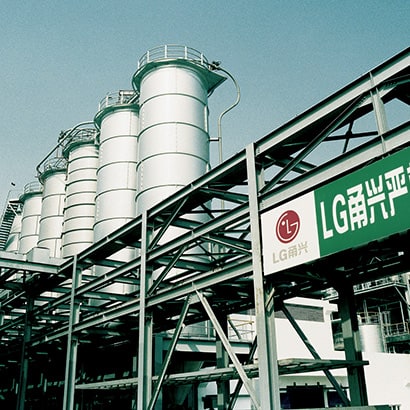

Unlike its competitors that delivered their products to customers via a delivery agent, LG Chem directly sent its products to the local customers. The “direct sale” system could completely differentiate the company from its competitors in terms of quality and service response. One customer once visited the company with a twisted mold product in hand after one year of using it. LG Chem not only fixed the mold but made more improvements on it. Customers were moved by the company’s attitude of taking responsibility for product quality until a problem is resolved, which led to rapid increase of sales.
With the establishment of 100,000 ton-scale PVC production subsidiary in 1995 as the starting point, LG Chem also established an ABS production subsidiary in 1996. Both subsidiaries achieved 100 million dollars in sales in 2000. In 2004, both were selected as one of the top 100 companies in the Chinese petrochemical industry in terms of sales and performances evaluation and was recognized a company that successfully entered into the Chinese market.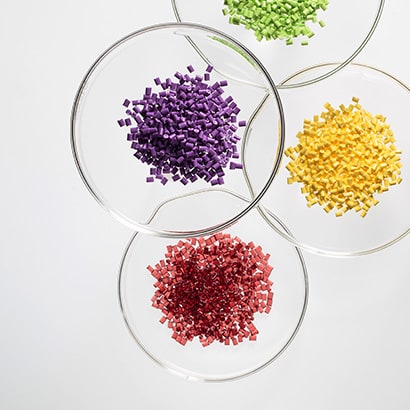






LG Chem is running at full speed as a global number one company, surpassing its competitors by far both in name and reality with its “productivity and quality.” This has been made possible through its “production process technology innovation” that enabled reduction of production cost and high production quality. To be specific, the innovation includes the “compression technology” that increased productivity and the “condensation technology” that improved product quality.
Before an ABS product is produced, it needs to undergo polymerization, condensation and dehydration, drying, and extrusion. The “compression technology” improves productivity by improving the drying process, and the idea came from the same principle employed by the compressor used to extract soybean oil. By using this principle, hourly productivity was improved, and space efficiency was maximized because there was no need for drying facilities. However, as it was a high-scale facility business with much risk, starting it required thinking in a larger scale. That is because applying the new technologies required the company to take apart and replace the enormous and complex equipment and facilities in place. After 10 years of experiments and preparation for risks, the company successfully started the operation of the world’s first compression process facilities.
As for the “condensation technology,” the researches started with the decision that minimizing impurities during condensation was the key to improving product competitiveness. The technology teams and process engineers in the production sites kept exchanging ideas, forming technology development TF teams and conducting researches repeatedly. Theoretically, the plan was possible, but in reality, failures continued. Nevertheless, LG Chem’s relentless efforts led to the outcome of successfully developing the mechanical condensation technology for the first time in the world in 2015. The mechanical condensation technology, which drastically improved ABS quality and enabled production of smoother and more durable ABS products, became the company’s competitive edge which allowed it to widen its market dominance.

The batteries fit into spacesuits provide power necessary for the many tools directly related to the life of the astronaut to operate properly, which is why they are called “the heart of spacesuit.” Followed by the U.S.A. and Japan, Korea’s LG Chem is the third provider of batteries for spacesuit in the world. From being a provider of batteries for land, marine, and aerial transportation (EV, hybrid ship, and drone), the company has taken another step by becoming a provider of batteries for space travel.
Like this, LG Chem is leading the secondary battery market for the present and the future, but the processes that led it to this success were rough and rugged paths. Today’s battery business of LG Chem can exist because the company’s members have not given up in the face of the countless obstacles, only looking toward the future.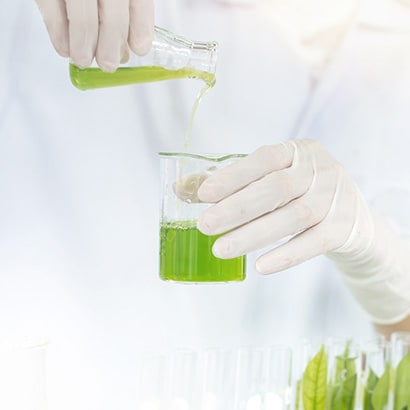







In 2016, LG Chem acquired Dongbu Farm Hannong, a company that had led Korea’s greenbio market with its crop protection agents, seeds, and fertilizers, and launched its subsidiary, Farm Hannong Co., Ltd. As Korea’s number one chemical company, it took a step toward harnessing agriculture as a new growth engine. With Farm Hannong at the forefront, LG Chem is challenging to create new customer values through the greenbio business.
The company plans to focus on research and development by doubling the research fellows to upgrade Farm Hannong’s existing agrichemical business to high-value and high-tech agricultural business and create new values in the future of agriculture. LG Chem’s market leadership, which discovers differentiated opportunities ahead of others and boldly challenges obstacles for customer value, is expected to shine in the agricultural sector as it has in other sectors thus far.